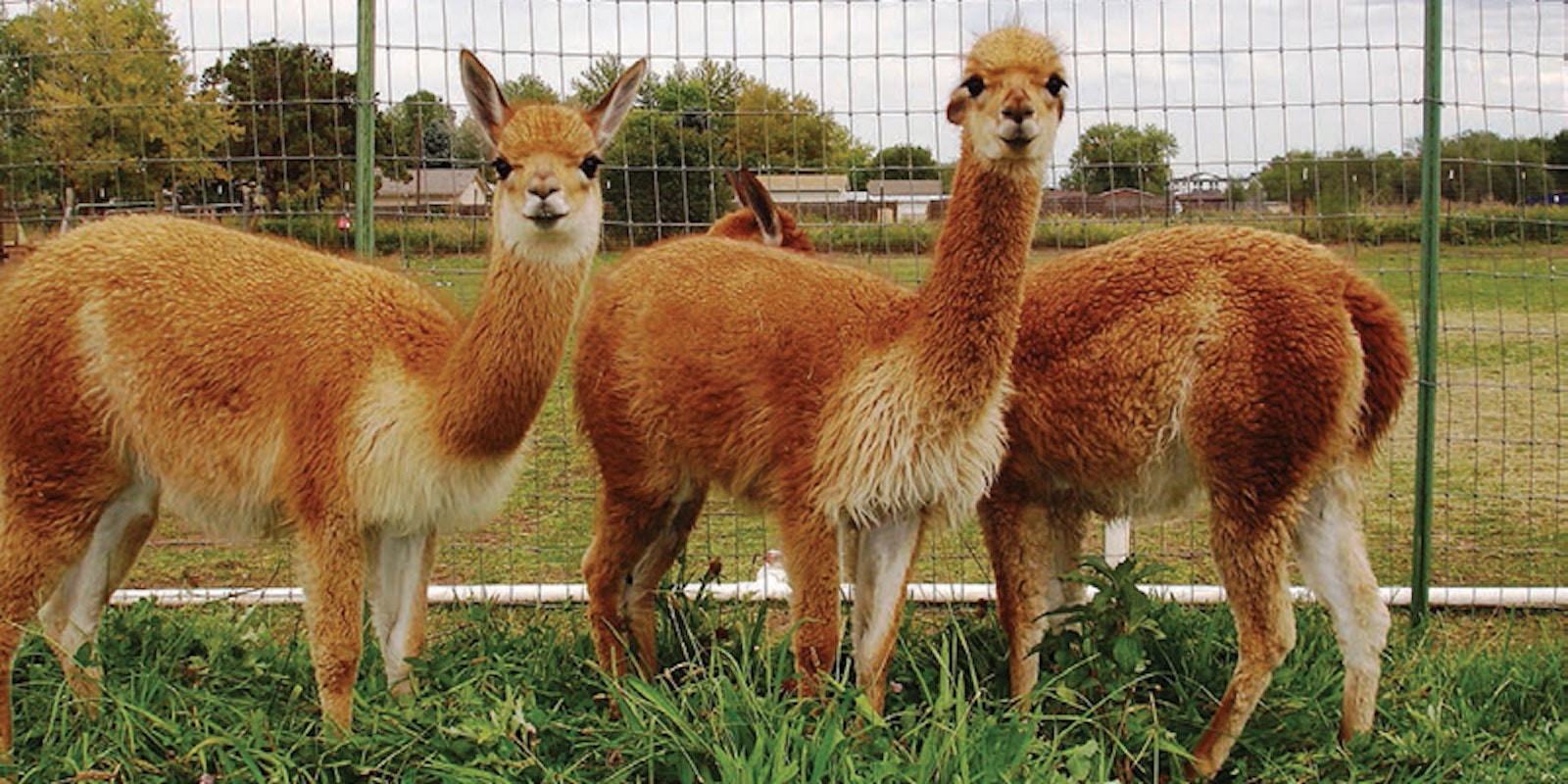Use it, already!
I finished a handspun shawl a few weekends ago. It's very simple, a two-color two-row garter-stitch triangle designed to use up two different yarns that have been marinating in my stash for a while. I can't be the only person who holds off on using my handspun yarn until I have a project I think is worthy--it's the corollary to the "I'll wait to spin this nice fiber until I've improved my skills on the ordinary fiber" rule. Still, my hands were hankering for a simple shawl and these colors looked good together, so I went for it. It waited around for a few days until I had time to block it.
 I have a little vertigo looking at this one. |  It's all a blur... | |
But then it came time to photograph my new project, and things went a little sideways. I borrowed my boyfriend's nice DSLR camera and tried to get some pictures, but all of them were either blurry or awkward. Believe it or not, the shots above are the best of the bunch.
 Orville is shocked that I didn't ask for his help first thing. Photo by Jim George. |
My boyfriend and the cat both came to help, and though the photos were better I'm not sure they really understood the effect I was going for.
What I really need is to dedicate my lunch hour to watching Gayle Zucker's "Basic Photography Skills for Fiber Artists" web seminar. I'm told that the F stop is not just where you can catch the train to Brooklyn, and ISO means something besides "in search of" (which is what it means when you're trying to buy more fiber). While I'm at it, a refresher on Blocking Knits with Anne Hanson wouldn't hurt either. Blocking hasn't ever been something I dreaded, but working on this shawl reminded me how much I need to practice!
A Little Shawl Recipe
In case you get the urge to make a super-simple shawl of your own, here's what I did. After all, with such lovely photos, how could you resist? (Disclaimer: This has not been tech edited in any way and is just my recollection of how I made the shawl.)
With Color 1, provisionally cast on 3 sts. (I like to do a toe-up sock cast-on such as Judy's Magic Cast-on and simply leave half the stitches waiting on the needles.)
Knit 5 rows; on last row, do not turn. Pick up 1 st in each row, then knit 3 held sts from provisional cast-on—11 sts. Turn.
Row 1: With Color 2, sl 1 pwise wyb, knit 2, pm, yo, k2, pm, yo, pm, k1, yo, k2, yo, pm, k3.
Row 2: (WS) With Color 2, sl 1 pwise wyb, knit to end.
Row 3: (RS) With Color 1, sl 1 pwise wyb, knit 2, sl m, yo, knit to m, yo, sl m, k1, sl m, yo, knit to m, yo, sl m, k3.
Row 4: With Color 1, sl 1 pwise wyb, knit to end.
Row 5: With Color 2, k3, sl m, yo, knit to m, yo, k1, sl m, yo, knit to m, yo, sl m, k3.
Rep Rows 2–5 for pattern.
That's it. At some point I wanted the triangle to flatten out and develop "wings," so I began working another increase on the wrong side as follows: K3, sl m, yo, knit to 3 sts before end, yo, sl m, k3. When I ran out of Color 2 I knitted with Color 1 only, and when I had only a few yards of Color 1 left I bound off as p2tog, *slip st back to left needle, p2tog; rep from * to end.
Not much of a pattern, really, so feel free to make up your own.

